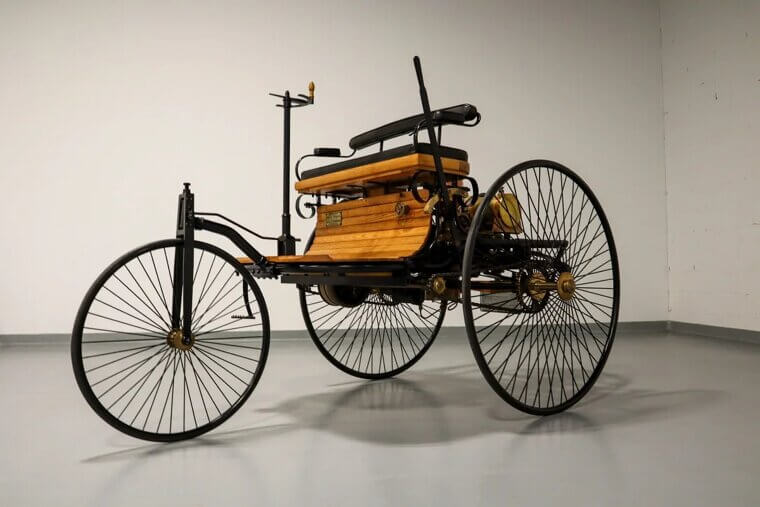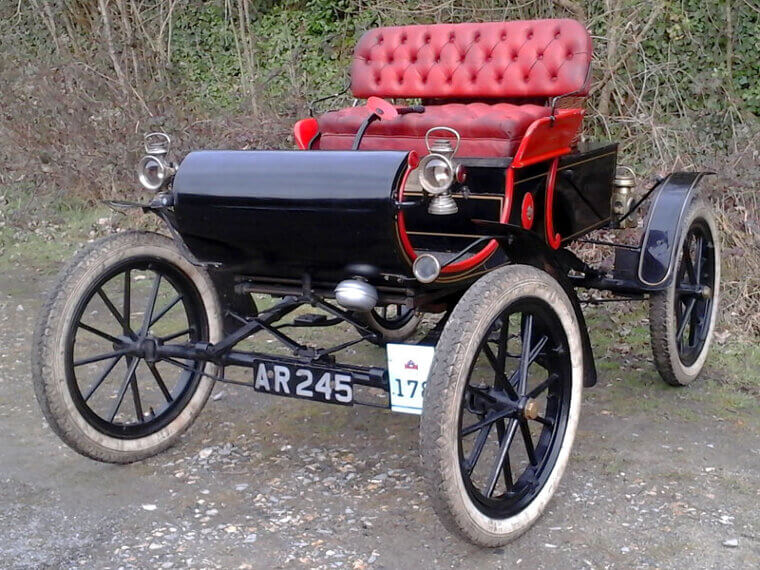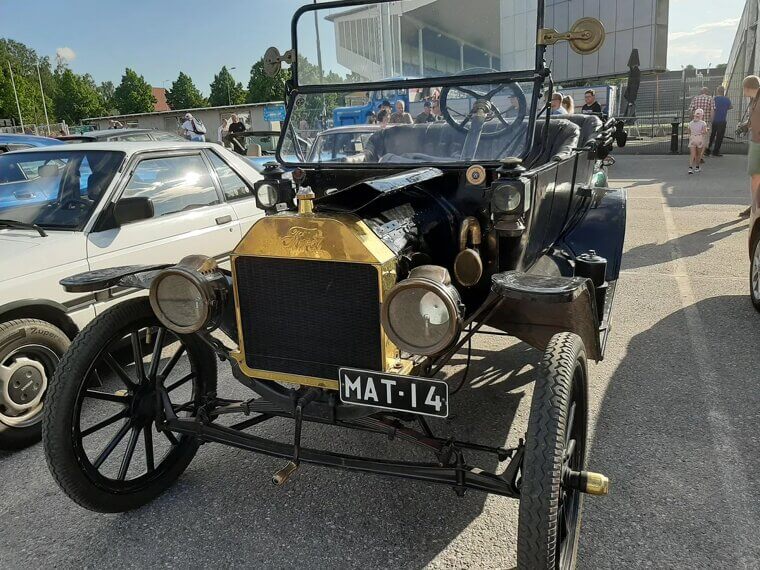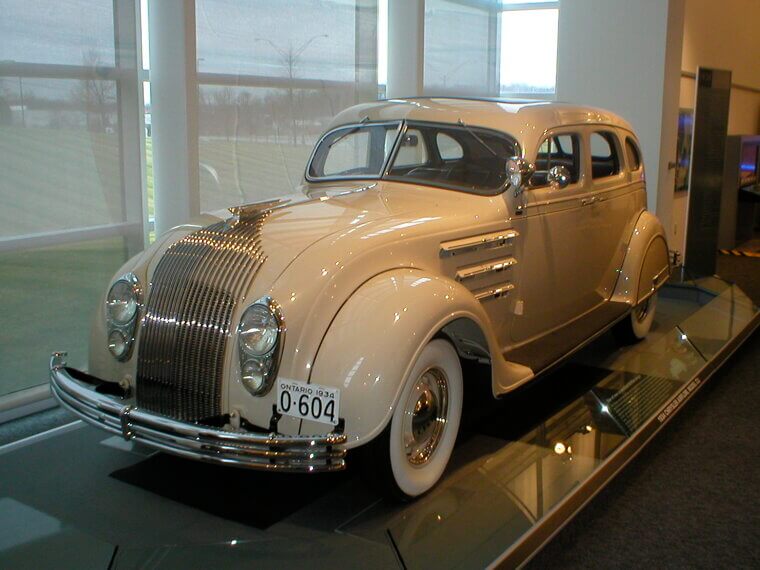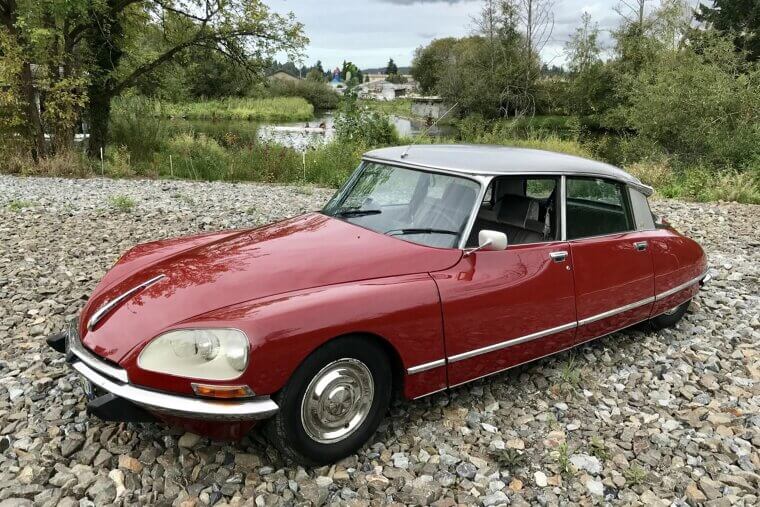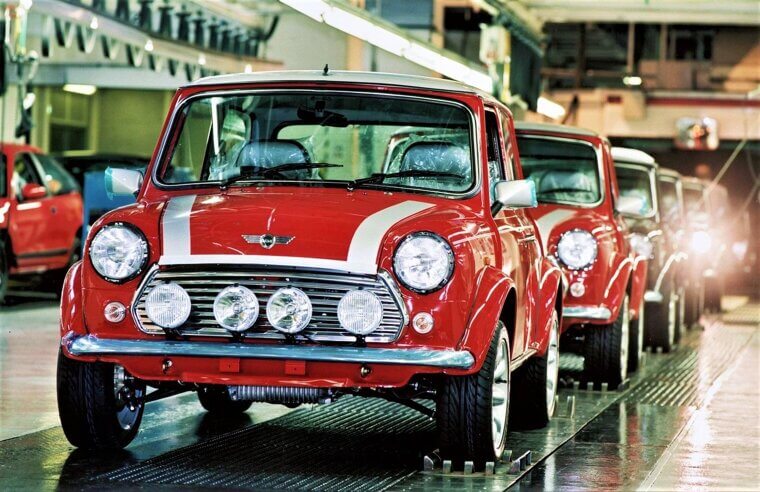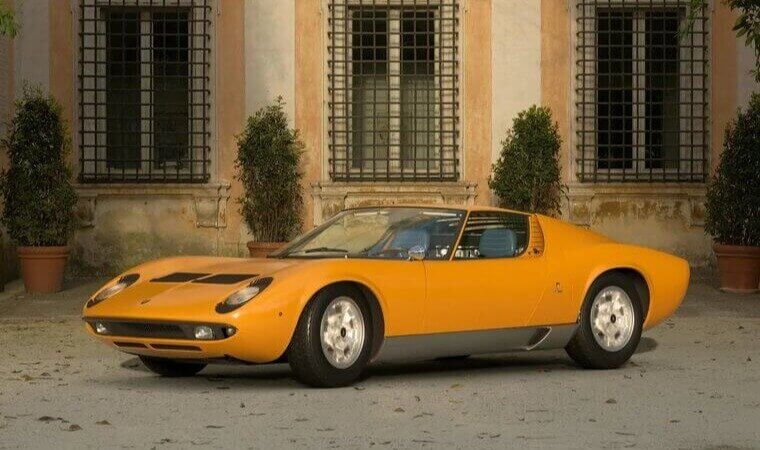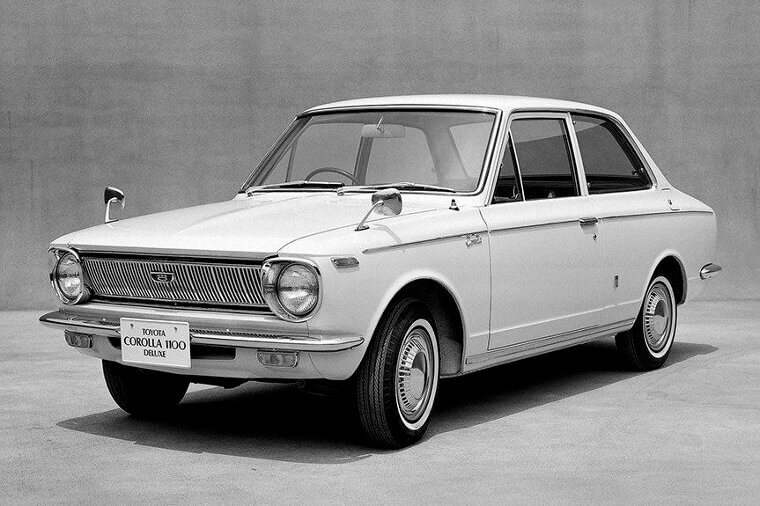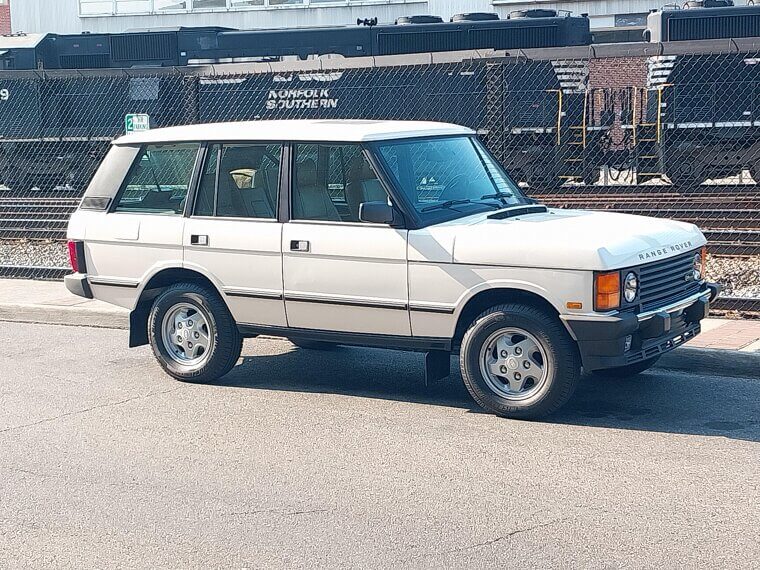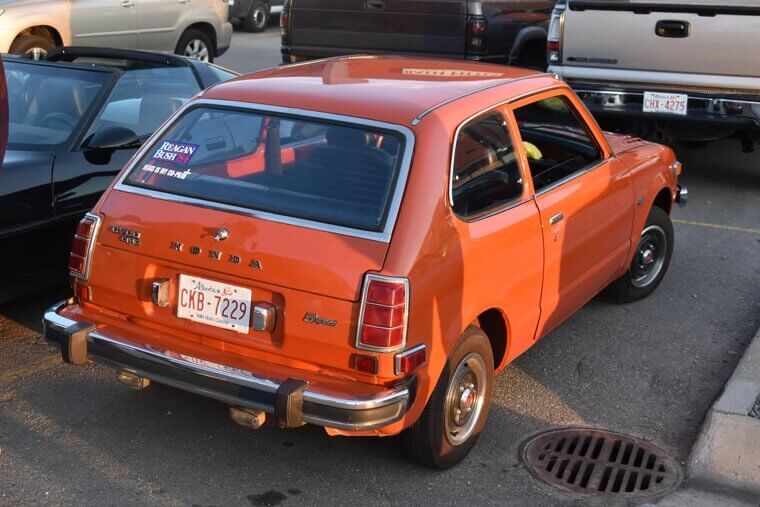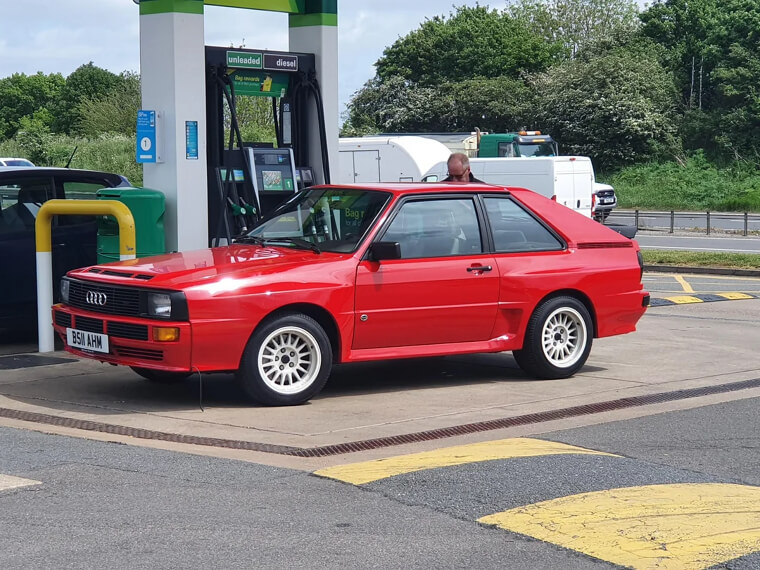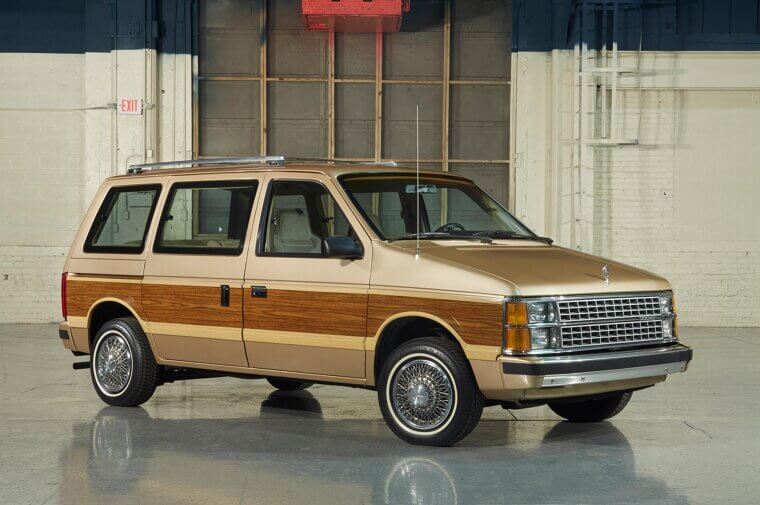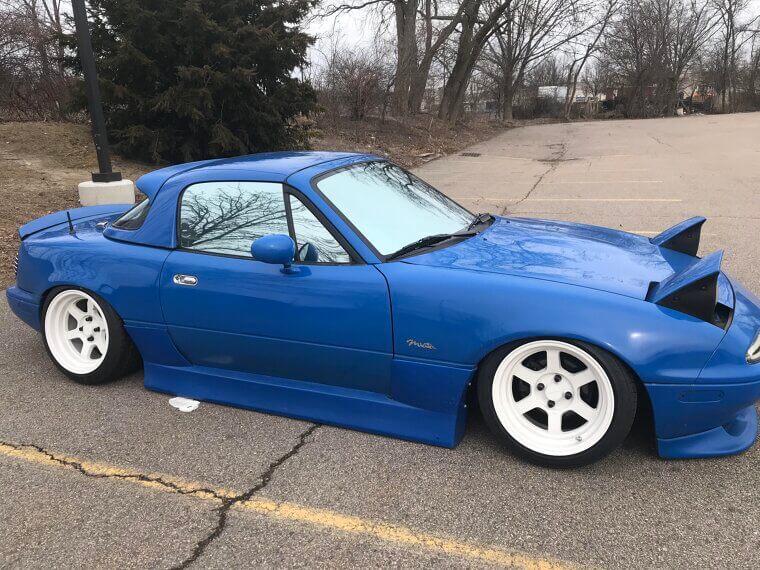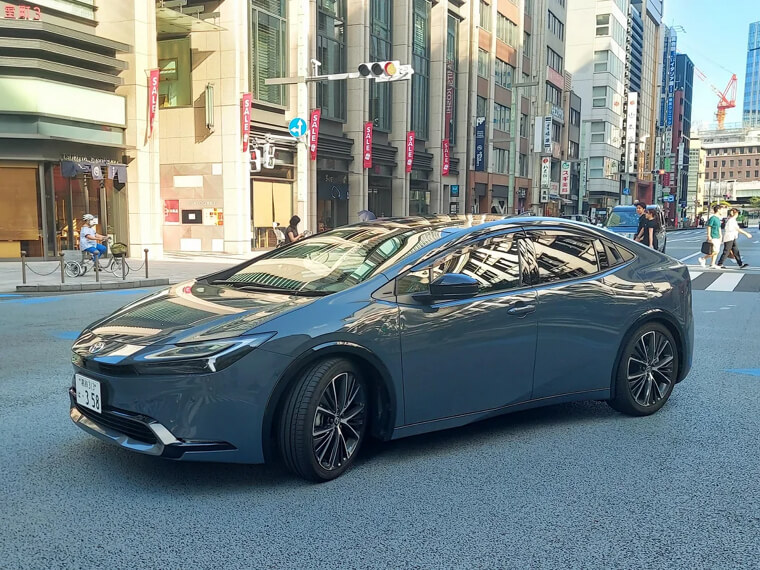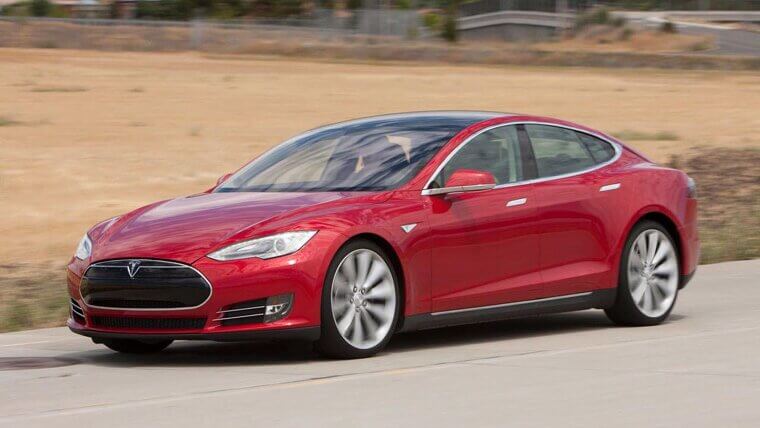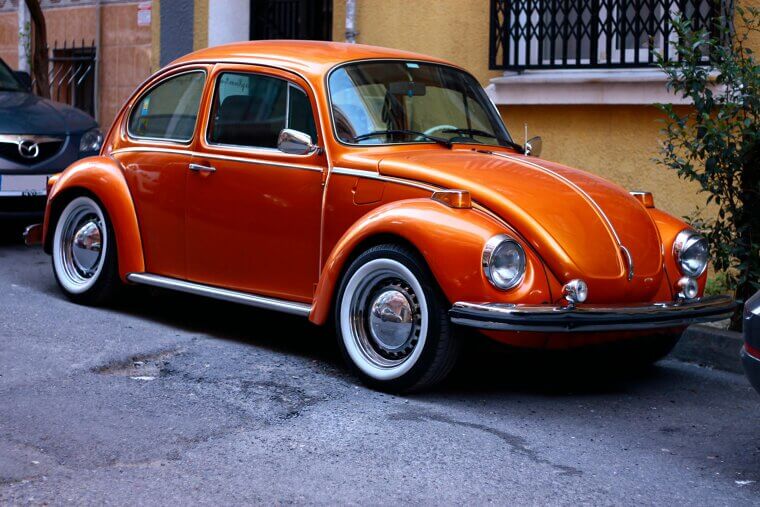Volvo PV544/Amazon
Volvo certainly wasn’t the first to think of seatbelts in cars, but it was the first to make three-point seatbelts standard. This crucial innovation fundamentally changed the automotive industry. The fact that Volvo gave away the patent for free wasn’t bad either.
Benz Patent-Motorwagen
It all started here. The Benz Patent-Motorwagen was the world's first gasoline-powered automobile. But its commercial success was cemented by Bertha Benz's 1888 long-distance trip, which proved its reliability and generated critical publicity.
Oldsmobile Curved Dash
The Oldsmobile Curved Dash was America's first mass-produced car, dramatically shifting car ownership from the wealthy to the middle class. It was affordable, reliable, and simple, and helped legitimize the automobile industry for future mass-produced cars.
Ford Model T
No car transformed society like the Model T. Its biggest innovation was the moving assembly line, which cut production time from hours to minutes, making cars affordable to the masses. It revolutionized manufacturing and sparked huge economic and social changes in society.
These early breakthroughs were just the beginning of bigger revolutions…
These early breakthroughs were just the beginning of bigger revolutions…
Chrysler Airflow
Few cars were as recognizable as the Beetle. It was simple, affordable, and fun to drive, which is why it went on to sell over 21 million units. Its innovative, rear-mounted, air-cooled engine was cheap to build, helping millions of people get their hands on an automobile.
Citroën DS
The 1955 Citroën DS was a technological marvel. It featured a self-leveling hydropneumatic suspension, along with an integrated hydraulic system that also powered the steering, brakes, and semi-automatic transmission. It received an astounding 80,000 orders at the 1955 Paris Motor Show debut.
Mini
If there were ever an automobile responsible for the small car revolution, it would be the Mini. Born in Britain during a fuel crisis, the Mini was small, unusually roomy, and revolutionary. It also won the Monte Carlo Rally three times in the ’60s.
By the 1960s, innovation truly began shifting gears…
By the 1960s, innovation truly began shifting gears…
Lamborghini Miura
The execs at Lamborghini threw the rulebook out the window with this one. They placed the V12 engine behind the driver, making it the first true supercar. It was sleek, exotic, provided exceptional handling, and forced competitors like Ferrari to adopt similar mid-engine configurations for their high-performance vehicles.
But drivers also wanted efficiency and reliability…
But drivers also wanted efficiency and reliability…
Toyota Corolla
The Corolla didn’t have exceptional speed. Nor did it have that ‘wow’ factor in the looks department. But what it did have was reliability. They delivered a high-quality, dependable, and affordable car with premium features that exceeded customer expectations.
Range Rover
The Range Rover essentially invented the luxury SUV segment singlehandedly; a segment it still dominates to this day. But more than that, it offered exceptional off-road capability with the premium comfort and styling of a road car.
Honda Civic CVCC
New emission laws crippled many automakers in the 1970s, but Honda’s Civic CVCC was unfazed. Its innovative engine met the tough new 1970s emissions standards successfully. This meant that it could run on either leaded or unleaded gas, giving it a huge advantage during the 1970s oil crisis.
And then a combination of luxury, safety, and technology…
And then a combination of luxury, safety, and technology…
Mercedes-Benz S-Class
The 1972 Mercedes-Benz S-Class (W116) redefined luxury around occupant safety. It was the first to pioneer the electronic Anti-lock Braking System (ABS) and standardized advanced passive safety features, including reinforced crumple zones and a protected fuel tank.
Audi Quattro
The 1980 Audi Quattro pioneered the use of permanent all-wheel drive in a mass-produced, high-performance car. This innovative system gave it superior grip and handling in all weather conditions, a technology previously reserved for specialized vehicles.
Chrysler Minivan (Dodge Caravan/Plymouth Voyager)
Chrysler created a completely new category with the launch of its minivans. With sliding doors, flexible seating, and car-like handling, the Minivans quickly became the ideal family car for daily use. It went on to reshape the American family car market for decades to come.
Mazda MX-5 Miata
The Mazda MX-5 Miata wasn’t exactly responsible for creating a new car segment, but it was responsible for reviving one. The MX-5 had a lightweight design, near-perfect weight distribution, and a responsive rear-wheel-drive layout that provided an exceptionally pure and engaging driving experience.
And then came the time to completely reinvent the wheel…
And then came the time to completely reinvent the wheel…
Toyota Prius
Toyota certainly wasn’t the first company to introduce a Hybrid car. But none of them had the same impact as a Prius. Their Hybrid System combined a gasoline engine and electric motor to deliver groundbreaking fuel efficiency and low emissions, forcing automanufacturers and the public to take hybrid vehicles more seriously.
Tesla Model S
Electric cars were once dismissed as ugly, clunky, and painfully slow. The Tesla Model S shattered all those perceptions. It provided long-range, blistering hold-on-to-your-seat acceleration and a massive touch-screen interior, making it look like a car from the future. The rest, as they say, is history.
Tucker 48
Preston Tucker had only one thing on his mind when building this car: safety. The Tucker 48 featured seatbelts, a padded dashboard, pop-out windshields, and even a swiveling "Cyclops" headlight that turned with the front wheels.
Then came cars that looked and drove like they were from another planet…
Then came cars that looked and drove like they were from another planet…
Ford Mustang
Have you ever wondered where the term “pony car” came from? Yes, it was the Ford Mustang. It was affordable, stylish, and customizable, and sold in record numbers, giving rivals like the Camaro and Challenger a much-needed wake-up call.
Volkswagen Beetle
Few cars were as recognizable as the Beetle. It was simple, affordable, and fun to drive, which is why it went on to sell over 21 million units. Its innovative, rear-mounted, air-cooled engine was cheap to build, helping millions of people get their hands on an automobile.


